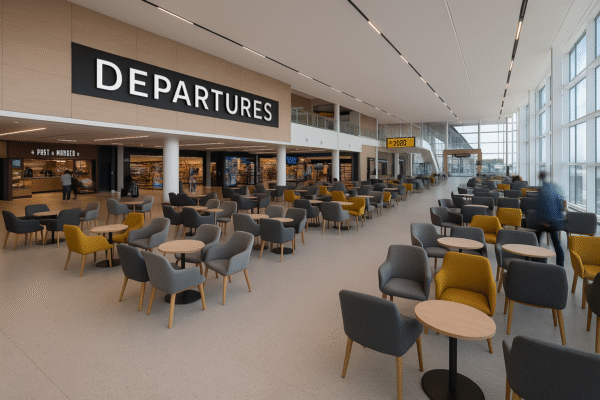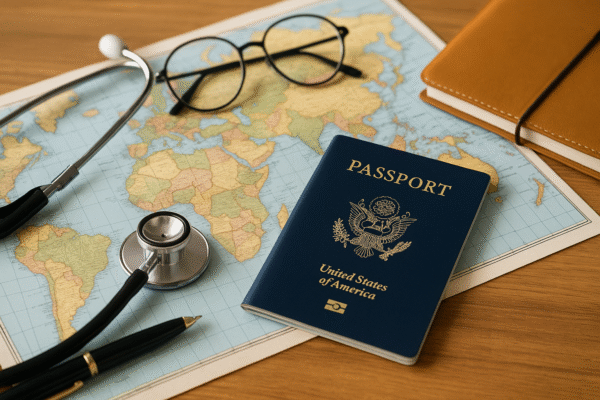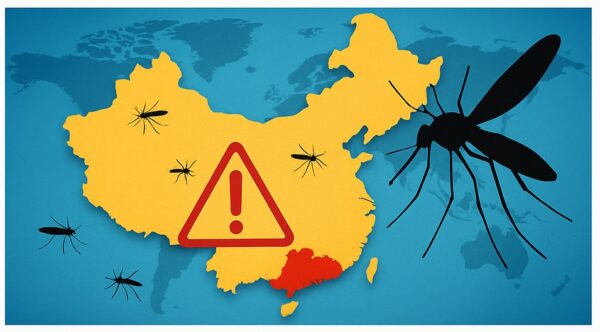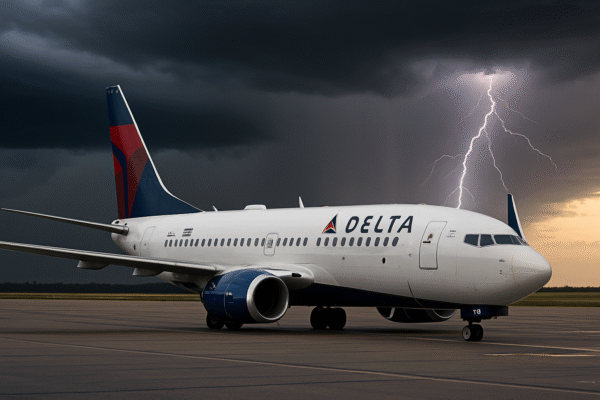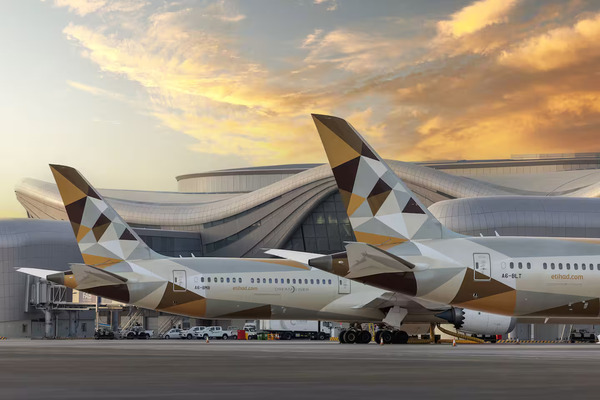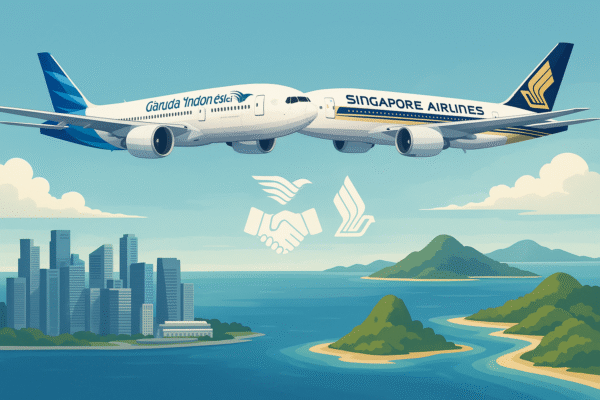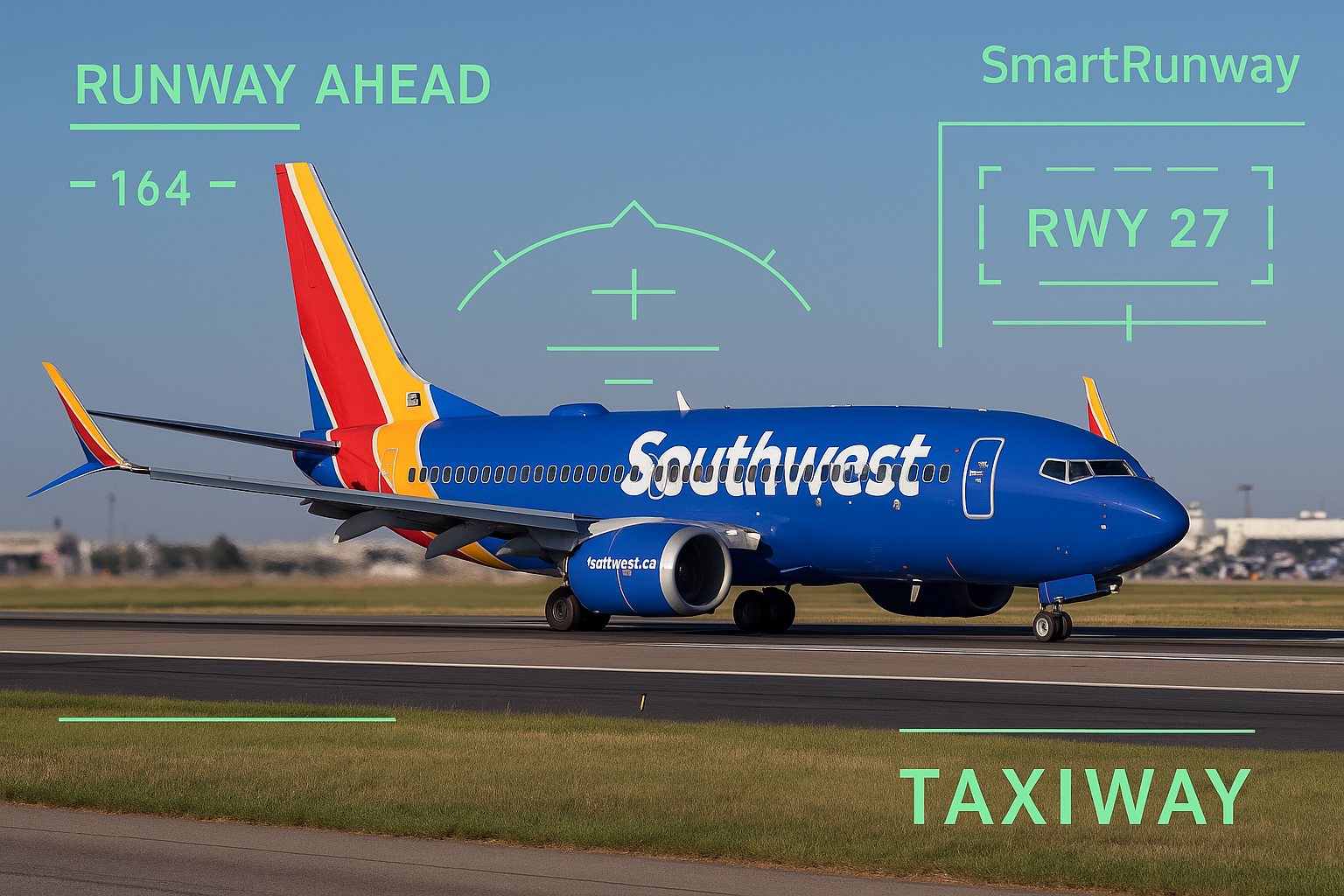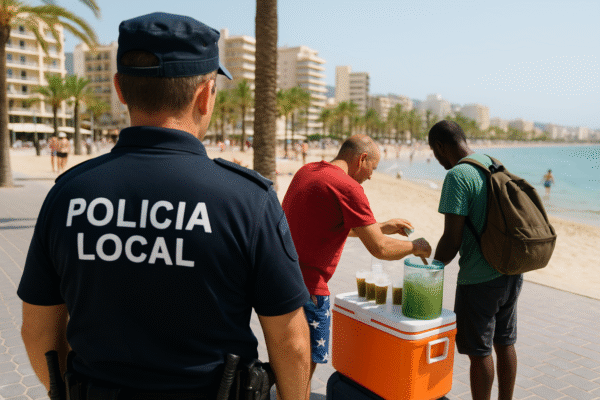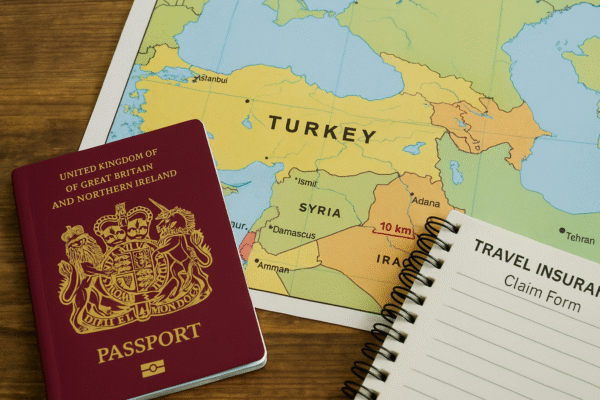DALLAS, TEXAS — In a transformative move aimed at bolstering aviation safety, Southwest Airlines is outfitting its entire Boeing 737 fleet with Honeywell’s SmartRunway and SmartLanding technologies, an advanced cockpit alert system engineered to prevent runway misjudgments and landing errors before they escalate into catastrophic events.
With over 700 aircraft already upgraded, this groundbreaking implementation positions Southwest at the forefront of flight safety innovation—responding proactively to a year of rising runway incursions and near misses that have heightened public scrutiny and federal oversight.
Rising Air Travel Risks Demand Proactive Solutions
The aviation industry has witnessed a sharp increase in operational hazards as post-pandemic air travel returns to full volume. According to the Federal Aviation Administration (FAA), more than two dozen serious runway incursionswere reported over the past 12 months—many involving commercial jets during taxi, takeoff, or final approach.
In one recent case, a Southwest Airlines jet mistakenly attempted takeoff from a taxiway at Orlando International Airport, prompting an immediate investigation. Another incident at Chicago Midway Airport raised alarms after glare from the sun interfered with a landing, nearly leading to disaster.
In an airspace increasingly crowded with aircraft and strained by outdated ground control systems, Southwest’s strategic tech investment signals a turning point—shifting from reactive risk management to predictive cockpit protection.
How SmartRunway and SmartLanding Work
Powered by Honeywell’s Enhanced Ground Proximity Warning System (EGPWS), the SmartRunway and SmartLanding tools continuously monitor the aircraft’s location, altitude, and flight path. These tools offer:
- Real-time audio and visual alerts during taxi, takeoff, and landing
- Immediate warnings if a plane lines up with the wrong runway or misjudges a descent path
- Advanced tracking to prevent runway overruns and taxiway incursions
- Seamless pilot interface to support instant corrective action
Often compared to automotive anti-collision systems, this aviation solution enhances pilot situational awareness—especially in poor visibility, complex airport layouts, and high-traffic environments.
Safety Innovation Meets Customer Trust
For passengers, this upgrade represents more than just a technical improvement—it’s a reassurance of safety. In an era where travel anxiety is amplified by recurring reports of aviation near-misses, Southwest is making a clear statement: your safety is our priority.
“Passengers deserve confidence, especially during the most critical moments of flight,” said a spokesperson from Southwest Airlines. “By enhancing our cockpit intelligence, we’re reducing human error and making flying safer for everyone.”
The emotional weight of takeoff and landing is significant. Every alert, every second of early detection, matters. With this technology, Southwest provides an unseen but vital layer of protection—a digital co-pilot, ever vigilant and never distracted.
Industry Implications: Will Other Airlines Follow?
Southwest’s tech deployment is setting a new benchmark for safety, and industry experts predict it will soon become the standard across global commercial aviation. As regulators, insurers, and investors increasingly demand accountability in safety practices, the pressure on other carriers to match this innovation is mounting.
The FAA is already working with stakeholders to evaluate broader nationwide implementation of runway safety enhancements, but public-private innovation like Southwest’s remains essential in the interim.
Airports such as Newark International and LaGuardia, which suffer from infrastructure limitations, are now under renewed pressure to modernize their ground systems in line with private carrier advancements.
Southwest’s Safety Strategy: Brand Differentiator in a Competitive Market
This bold move aligns with Southwest’s customer-centric ethos and long-standing reputation as a leader in dependable and efficient air travel. In a market where reliability and trust define loyalty, safety has become the ultimate competitive advantage.
In fact, aviation analytics suggest that investments in cockpit alert systems not only improve safety outcomes but also reduce flight delays, miscommunications, and post-incident disruptions. This operational consistency contributes directly to better on-time performance and customer satisfaction.
Additionally, with major events such as the FIFA World Cup 2026 and growing demand for domestic U.S. tourism, airlines with safer and more advanced systems are poised to capture greater market share in both business and leisure travel.
Federal Response and Regulatory Pressure
The deployment also amplifies calls for federal agencies to modernize U.S. air traffic infrastructure, which in many cases dates back decades. Critics argue that while airlines like Southwest are investing heavily in smart safety tech, government-run systems remain underfunded and outdated.
The Department of Transportation and FAA are now reviewing new proposals for expanded funding in air traffic control modernization, including the use of AI-powered systems and enhanced radar capabilities.
Looking Ahead: A Safer Era of Smart Aviation
As the world enters a new phase of aviation powered by predictive analytics, real-time alerts, and smart sensors, the cockpit is emerging as a frontline of innovation. With Southwest Airlines leading the charge, the future of air travel is not just faster or more convenient—it’s intelligently safer.
So the next time you board a Southwest flight, remember that every alert, every system check, and every safe landing is backed by some of the most advanced safety technology in the skies today. It’s not just about getting you to your destination—it’s about getting you there with confidence.
For more travel news like this, keep reading Global Travel Wire


